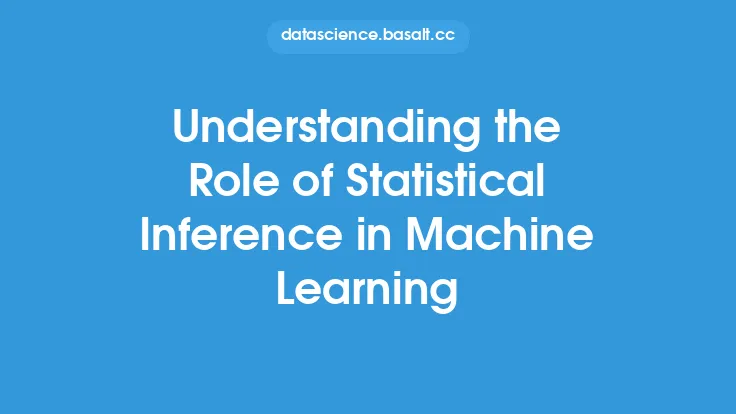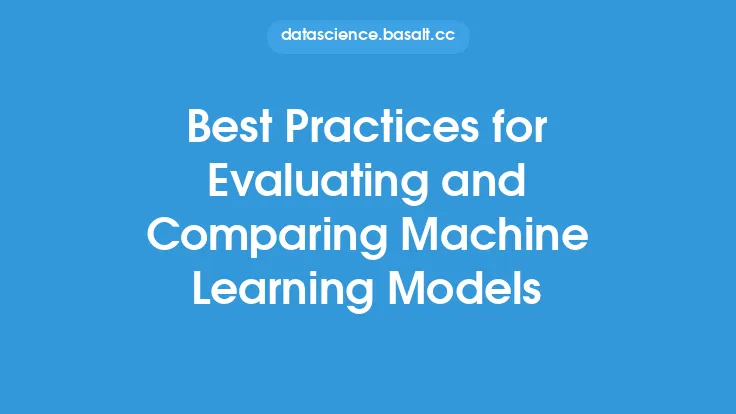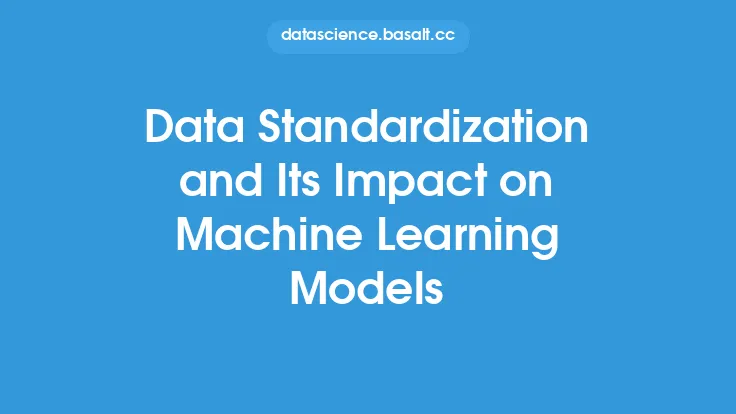Machine learning models are designed to learn from data and make predictions or decisions based on that data. However, during the training process, models can suffer from two major problems: overfitting and underfitting. These issues can significantly impact the performance of a model, and understanding them is crucial for building effective machine learning systems.
Introduction to Overfitting
Overfitting occurs when a model is too complex and learns the noise in the training data, rather than the underlying patterns. As a result, the model performs well on the training data but poorly on new, unseen data. This is because the model has memorized the training data, rather than learning generalizable features. Overfitting can be caused by a variety of factors, including models with too many parameters, noisy or irrelevant data, and insufficient training data. For example, a neural network with too many layers or a decision tree with too many branches can easily overfit the training data.
Introduction to Underfitting
Underfitting, on the other hand, occurs when a model is too simple and fails to capture the underlying patterns in the data. As a result, the model performs poorly on both the training and testing data. This can be due to models with too few parameters, insufficient training data, or models that are not complex enough to capture the underlying relationships in the data. For instance, a linear model may not be able to capture non-linear relationships in the data, resulting in underfitting.
Causes of Overfitting and Underfitting
Several factors can contribute to overfitting and underfitting. Overfitting can be caused by models with high capacity, such as neural networks with many layers or decision trees with many branches. Noisy or irrelevant data can also lead to overfitting, as the model learns to fit the noise rather than the signal. Insufficient training data can also cause overfitting, as the model may not have enough data to learn generalizable features. On the other hand, underfitting can be caused by models with low capacity, such as linear models or decision trees with few branches. Insufficient training data can also lead to underfitting, as the model may not have enough data to learn the underlying patterns.
Consequences of Overfitting and Underfitting
The consequences of overfitting and underfitting can be significant. Overfitting can result in models that perform well on the training data but poorly on new, unseen data. This can lead to poor predictive performance, and in some cases, can even result in models that are worse than random guessing. Underfitting, on the other hand, can result in models that perform poorly on both the training and testing data. This can lead to missed opportunities, as the model is not able to capture the underlying patterns in the data.
Techniques for Preventing Overfitting and Underfitting
Several techniques can be used to prevent overfitting and underfitting. Regularization techniques, such as L1 and L2 regularization, can be used to reduce the capacity of a model and prevent overfitting. Dropout, a technique that randomly drops out units during training, can also be used to prevent overfitting. Early stopping, a technique that stops training when the model's performance on the validation set starts to degrade, can also be used to prevent overfitting. For underfitting, increasing the capacity of the model, such as adding more layers or units, can help to capture the underlying patterns in the data. Collecting more training data can also help to prevent underfitting.
Model Complexity and Capacity
The complexity and capacity of a model play a crucial role in preventing overfitting and underfitting. Models with high capacity, such as neural networks with many layers, can easily overfit the training data. On the other hand, models with low capacity, such as linear models, can easily underfit the data. The key is to find a model with the right capacity, one that is complex enough to capture the underlying patterns in the data but not so complex that it overfits the noise.
Bias-Variance Tradeoff
The bias-variance tradeoff is a fundamental concept in machine learning that is closely related to overfitting and underfitting. The bias-variance tradeoff refers to the tradeoff between the error introduced by the model's simplifying assumptions (bias) and the error introduced by the noise in the training data (variance). Models with high bias pay little attention to the training data and oversimplify the relationships in the data, resulting in underfitting. Models with high variance, on the other hand, pay too much attention to the training data and overfit the noise, resulting in overfitting. The key is to find a model that balances the bias and variance, one that is complex enough to capture the underlying patterns in the data but not so complex that it overfits the noise.
Conclusion
Overfitting and underfitting are two major problems that can significantly impact the performance of a machine learning model. Understanding the causes and consequences of these issues is crucial for building effective machine learning systems. By using techniques such as regularization, dropout, and early stopping, and by finding a model with the right capacity, it is possible to prevent overfitting and underfitting and build models that perform well on new, unseen data. The bias-variance tradeoff is a fundamental concept in machine learning that is closely related to overfitting and underfitting, and finding a model that balances the bias and variance is key to building effective machine learning systems.





